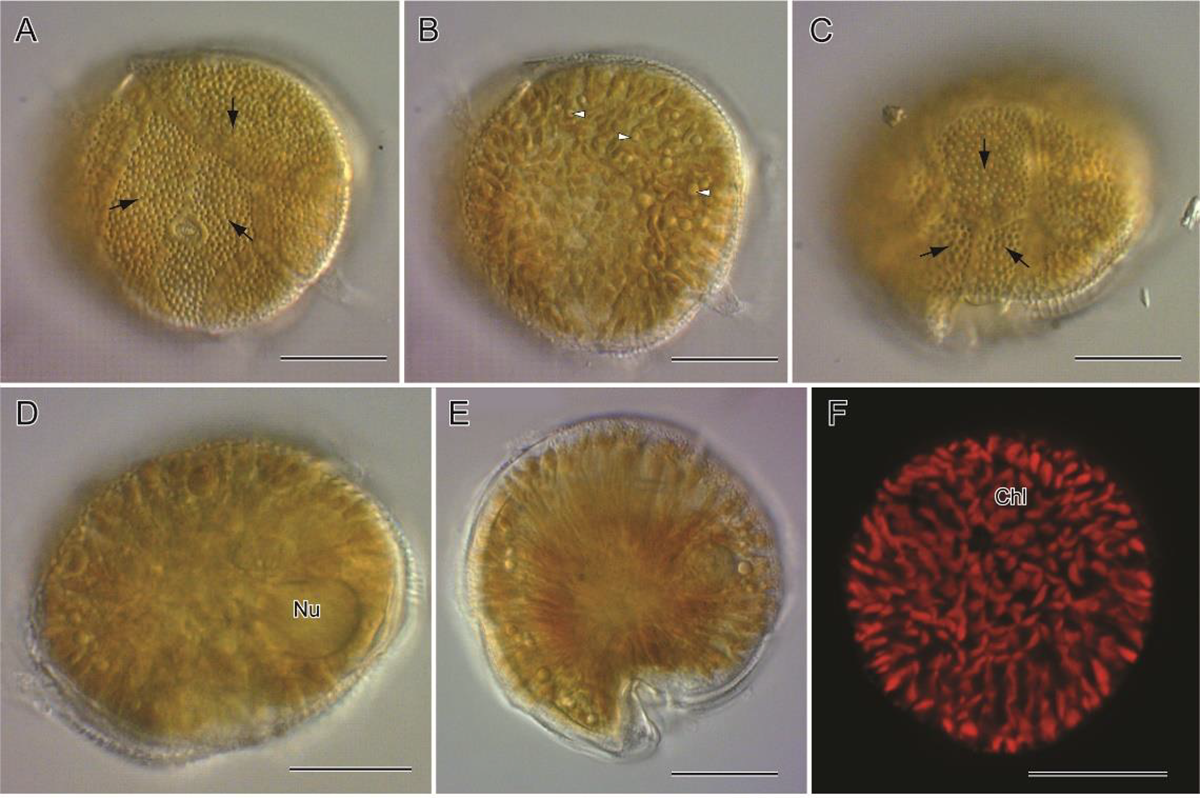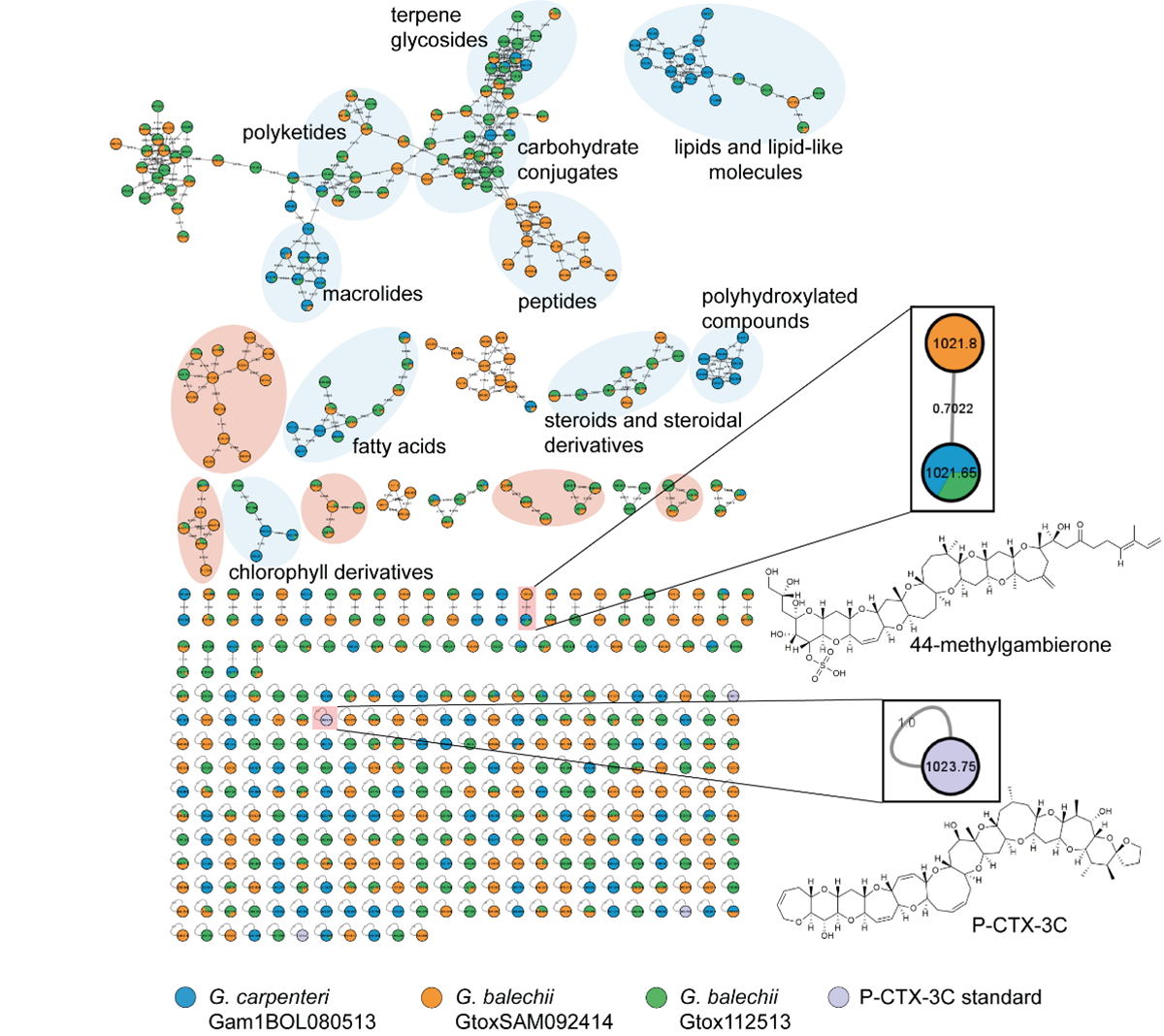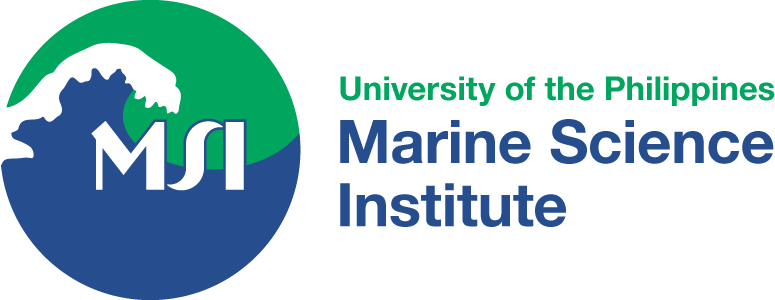Global Mass Spectrometric Analysis Reveals Chemical Diversity of Secondary Metabolites and 44-Methylgambierone Production in Philippine Gambierdiscus Strains
Summary
Chemical profiling and molecular networking of Philippine Gambierdiscus strains provided a glimpse of these organisms’ biosynthetic potential and chemical diversity. We gained insights into the similarities and differences in the metabolite production in the three Gambierdiscus strains. While the production of fatty acids, carbohydrates and 44-methylgambierone are common among the three strains, we observed species-and strain-specific compounds. There is much more to marine toxins in the extracts of Gambierdiscus sp. The putative identification of polyhydroxylated and peptide-based compounds may suggest additional allelochemicals and potentially high value compounds from Gambierdiscus species. The putative identification from untargeted chemical profiling can guide targeted purification and chemical characterization of Gambierdiscus extracts.
Significance
In this study, we looked at the biosynthetic potential of Gambierdiscus carpenteri and two Gambierdiscus balechii strains from the Philippines to produce toxins and other classes of secondary metabolites using high resolution mass spectrometry (HRMS) and the GNPS molecular networking platform. We probed the chemistry of the three Gambierdiscus strains and obtained insights into the production of ladder-shaped polyether toxins and other classes of compounds.
Photos


Authors:
Zabrina Bernice L. Malto (Marine Science Institute, University of the Philippines)
Garry A. Benico (Marine Science Institute, University of the Philippines; Department of Biological Sciences, Central Luzon State University)
Jeremiah D. Batucan (Marine Science Institute, University of the Philippines)
James Dela Cruz (Bureau of Fisheries and Aquatic Resources, Quezon City, Philippines)
Marc Lawrence J. Romero (Bureau of Fisheries and Aquatic Resources, Quezon City, Philippines)
Rhodora V. Azanza (Marine Science Institute, University of the Philippines)
Lilibeth A. Salvador-Reyes (Marine Science Institute, University of the Philippines)
Read the full article: https://doi.org/10.3389/fmars.2021.767024
